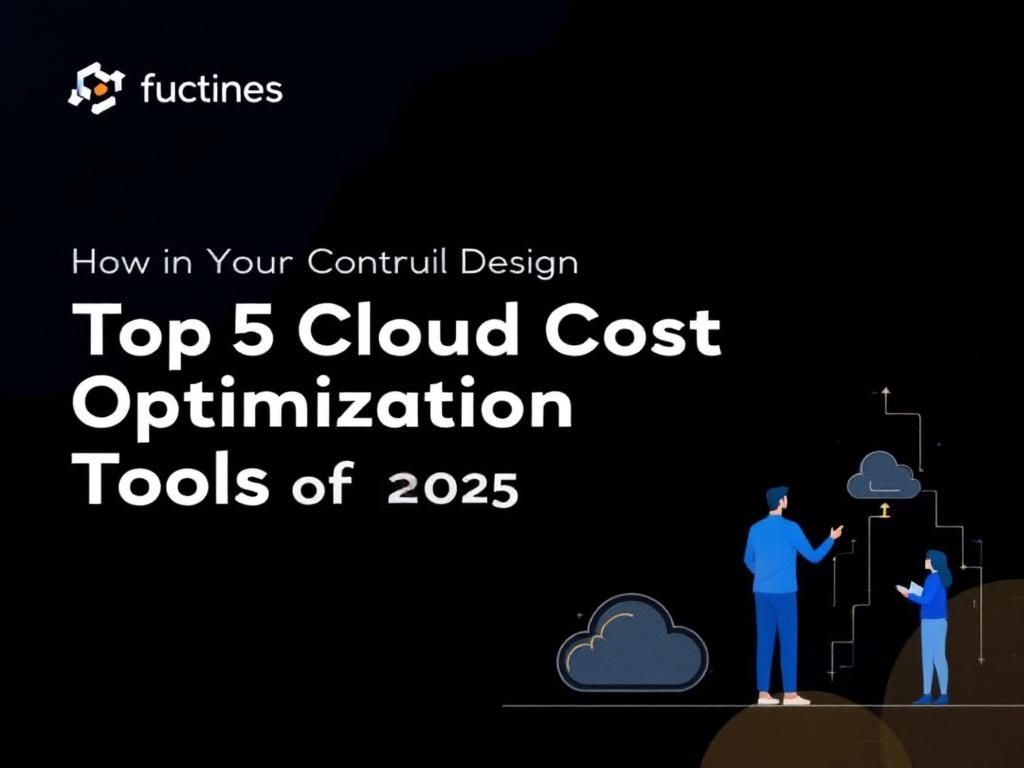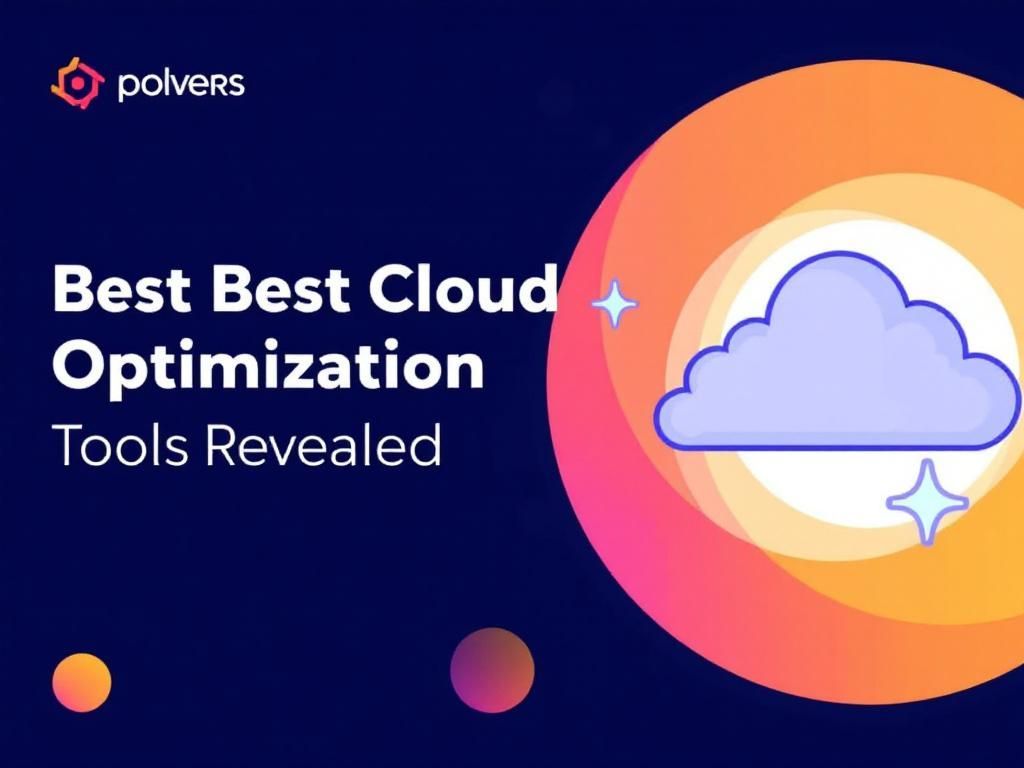Top Innovative Tools for Cloud Cost Optimization
Discover the latest innovative tools to optimize your cloud costs effectively and maximize your budget efficiency.

In today’s digital landscape, organizations are increasingly relying on cloud services to fuel their operations. However, with the rapid growth of cloud adoption comes the challenge of managing and optimizing costs. Cloud cost optimization is not just about cutting expenses; it’s about maximizing the value derived from cloud resources. With various innovative tools available in the market, businesses can effectively monitor, analyze, and optimize their cloud spending.
Table of Contents
Understanding Cloud Cost Management
Before diving into the tools available for cloud cost optimization, it’s crucial to understand what cloud cost management entails. This process includes:
- Resource Allocation: Ensuring that cloud resources are allocated efficiently based on the needs of the organization.
- Monitoring Usage: Keeping track of cloud resource usage to identify underutilized or over-provisioned resources.
- Cost Forecasting: Predicting future costs based on usage trends and business growth.
- Budgeting: Setting budgets for different departments or projects to control spending.
Key Features of Cloud Cost Optimization Tools
When selecting a cloud cost optimization tool, look for the following key features:
1. Real-Time Monitoring
Real-time monitoring allows organizations to see their cloud resource consumption as it happens. This feature is essential for making informed decisions about resource allocation and scaling.
2. Detailed Reporting
Comprehensive reporting capabilities enable businesses to analyze their spending patterns, identify trends, and create actionable insights for cost savings.
3. Budget Alerts
Budget alerts notify users when spending approaches predefined thresholds, helping organizations stay on track with their budgets.
4. Recommendations for Savings
Some tools offer automated recommendations for saving on costs based on usage patterns, helping teams to optimize their resources without extensive manual analysis.
Popular Tools for Cloud Cost Optimization
Several tools have emerged as leaders in the cloud cost optimization space. Below are some noteworthy options:
| Tool | Description | Key Features |
|---|---|---|
| AWS Cost Explorer | A powerful tool provided by Amazon Web Services for analyzing cloud spending. | Cost allocation tags, budgeting, and forecasting. |
| Google Cloud Platform’s Billing Reports | Offers detailed insights into billing and resource usage for Google Cloud users. | Real-time usage tracking, customizable reports. |
| CloudHealth by VMware | A comprehensive cloud management platform that provides cost management capabilities. | Cost visualization, reporting, and optimization recommendations. |
| CloudCheckr | Focuses on providing cost management, security, and compliance for cloud resources. | Resource utilization tracking, cost-saving recommendations. |
| Spot.io | Specializes in optimizing cloud infrastructure costs using spot instances. | Intelligent provisioning of spot instances, cost savings analytics. |
Strategies for Effective Cloud Cost Optimization
Implementing the right tools is only part of the solution. Organizations must also adopt effective strategies for cloud cost optimization:
1. Rightsizing Resources
Regularly evaluate your cloud resource usage and scale down any over-provisioned resources. This can significantly reduce costs without sacrificing performance.
2. Leverage Reserved Instances
Consider using reserved instances for predictable workloads over on-demand instances. This can lead to substantial savings in the long run.
3. Optimize Storage Solutions
Rethink your storage solutions by archiving or deleting unused data and choosing the appropriate storage class based on access frequency.
4. Implement Automation
Utilize automation tools to turn off unused resources during non-peak hours, further lowering costs.
5. Regular Review of Expenses
Conduct regular reviews of cloud expenses to identify trends, anomalies, and opportunities for cost savings. Establish a routine for analyzing costs on a monthly or quarterly basis.
Conclusion
Cloud cost optimization is a critical aspect of managing cloud resources effectively. By leveraging advanced tools and implementing strategic practices, organizations can not only reduce their cloud spending but also enhance their overall operational efficiency. As the cloud landscape continues to evolve, staying informed about innovative solutions and best practices will enable businesses to navigate their cloud journeys successfully.
FAQ
What are cloud cost optimization tools?
Cloud cost optimization tools are software solutions designed to help businesses monitor, manage, and reduce their cloud spending while maximizing resource efficiency.
How do cloud cost optimization tools work?
These tools analyze cloud usage patterns, provide insights on resource allocation, and suggest strategies for cost reduction, such as rightsizing instances or eliminating unused resources.
Why is cloud cost optimization important?
Cloud cost optimization is essential for businesses to control expenses, improve budget accuracy, and ensure that cloud resources are being utilized effectively, leading to significant savings.
What features should I look for in a cloud cost optimization tool?
Key features include real-time monitoring, cost forecasting, budgeting capabilities, reporting and analytics, recommendations for rightsizing, and integration with existing cloud management platforms.
Can cloud cost optimization tools integrate with multiple cloud providers?
Yes, many cloud cost optimization tools are designed to support multi-cloud environments, allowing businesses to optimize costs across different cloud platforms like AWS, Azure, and Google Cloud.
How often should I review my cloud cost optimization strategies?
It’s advisable to review your cloud cost optimization strategies regularly—at least quarterly or whenever significant changes in usage or pricing occur—to ensure continuous efficiency and savings.








